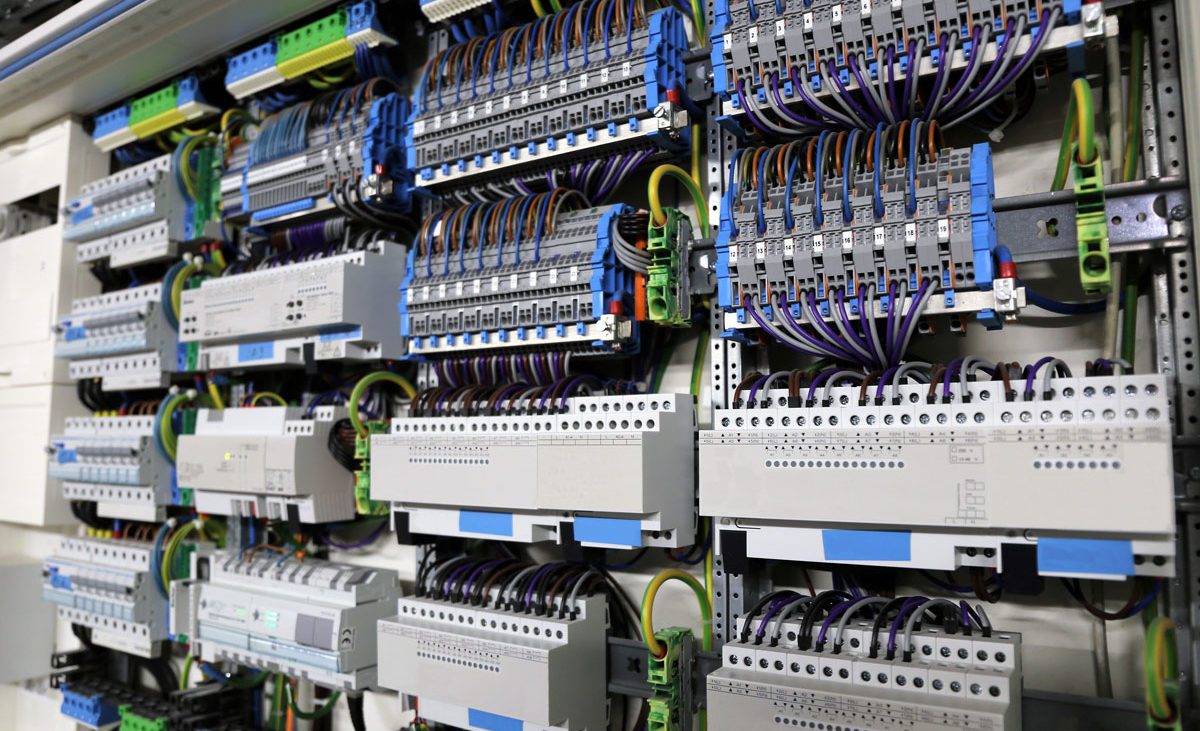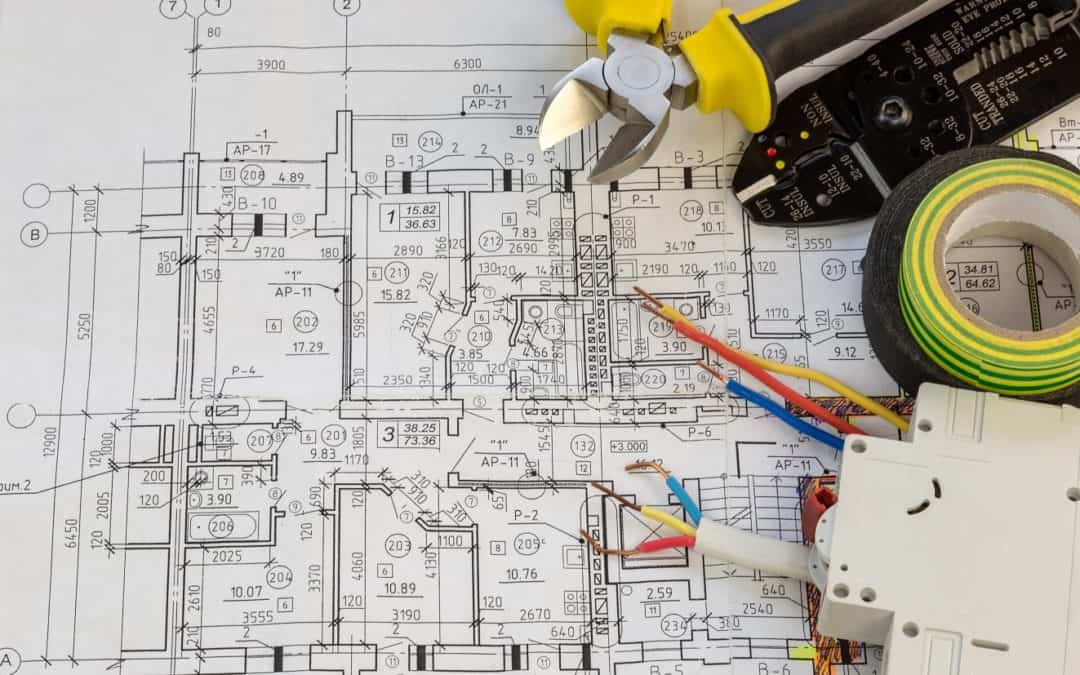Access Accurate Electrical Load Calculation Services for Your Project
Wiki Article
Cutting-edge Electric Design Solutions for Modern Infrastructure
As metropolitan environments expand progressively intricate, incorporating technologies such as wise grids and renewable energy sources becomes paramount. These advancements not only guarantee to enhance power usage however likewise foster resilience versus future demands.Value of Innovative Electric Design
Innovative electric design plays a vital role in modern facilities, affecting not just performance however additionally sustainability. As cities develop and the demand for energy increases, the requirement for advanced electrical systems becomes critical. These systems have to not just fulfill current needs but additionally prepare for future growth and technological innovations.A well-executed electric design can substantially minimize energy consumption, therefore decreasing operational expenses and minimizing ecological effect. By integrating renewable resource sources, such as photovoltaic panels and wind turbines, cutting-edge designs can improve energy independence and strength. Clever grid innovations enable for real-time surveillance and administration of energy distribution, optimizing efficiency and reducing waste.
Security is one more critical aspect of electrical design. Applying strenuous standards and innovative innovations can reduce risks linked with electric failures, ensuring a safe atmosphere for residents and services alike. Furthermore, ingenious styles assist in versatility, permitting facilities to incorporate emerging technologies seamlessly.
Key Trends in Electrical Design
As the landscape of electrical design continues to develop, several crucial patterns are shaping the future of the sector. One substantial fad is the assimilation of clever modern technology right into electrical systems. The proliferation of the Net of Points (IoT) has made it possible for real-time tracking and control of electrical gadgets, boosting efficiency and facilitating anticipating maintenance.One more pattern is the expanding emphasis on modular design. This technique enables scalable and adaptable solutions, making it possible for facilities to adjust to transforming requirements without considerable improvements. In addition, the usage of advanced simulation devices and Building Details Modeling (BIM) is coming to be increasingly common, streamlining the design process and enhancing partnership among stakeholders.
Furthermore, innovations in products scientific research are leading to the development of lighter, extra long lasting, and energy-efficient elements. This innovation is specifically important for high-performance buildings and facilities tasks.
Lastly, there is a significant shift in the direction of data-driven decision-making - industrial electrical design. Leveraging information analytics helps designers maximize systems for performance and cost-effectiveness. With each other, these fads signify a transformative era in electric design, boosting performance, sustainability, and strength in contemporary framework
Lasting Energy Solutions
Sustainable energy solutions are significantly ending up being a critical emphasis in electric design, mirroring a broader commitment to environmental duty and resource performance. These options intend to minimize ecological effect while enhancing energy usage in various facilities, from household buildings to big business centers.Among the primary approaches entails the integration of renewable resource sources, such as photovoltaic panels and wind turbines, into electrical systems. This not just minimizes dependence on nonrenewable fuel sources yet also boosts power durability. Furthermore, cutting-edge energy storage systems, such as advanced batteries, allow effective management and circulation of power, ensuring that surplus energy generated throughout optimal manufacturing can be utilized throughout high need durations.
Furthermore, energy-efficient design methods are being adopted to boost overall system efficiency. This consists of making use of energy-efficient lights, cooling and heating systems, and clever structure technologies that adjust and monitor power use based on occupancy and environmental conditions.
Smart Grid Technologies
The application of lasting power services normally results in the exploration of clever grid technologies, which play a critical function in improving electric systems. Smart grids leverage progressed interaction imp source innovations and information analytics to improve the reliability, performance, and sustainability of power circulation. By integrating digital modern technology with conventional grid infrastructure, these systems assist in real-time monitoring, automated control, and enhanced decision-making capabilities.One of the key attributes of wise grids is their capacity to fit renewable resource sources, such as solar and wind power. This flexibility not only reduces dependence on nonrenewable fuel sources however likewise permits a much more decentralized energy pop over to this web-site production design. Smart grids allow demand feedback programs, where consumers can change their power usage based on real-time prices, thus promoting power preservation and reducing peak tons demands.
In addition, smart grid innovations boost grid durability by making it possible for quicker identification and resolution of failures, inevitably decreasing downtime. With anticipating upkeep and analytics, energies can optimize procedures and enhance service distribution. As neighborhoods and cities remain to develop, smart grid innovations are important for developing a efficient and sustainable electric infrastructure that satisfies the demands of modern society.

Future-Proofing Infrastructure
To make certain long-lasting practicality and adaptability, future-proofing infrastructure is vital in the swiftly developing landscape of electric design solutions. As technology developments and power needs change, it is essential that electrical systems are developed with versatility in mind. This requires including scalable options that can suit Continue future upgrades without demanding considerable overhauls.
Additionally, sustainability has to be a keystone of future-proofed styles. Utilizing renewable resource resources, such as solar and wind, and maximizing energy performance reduce dependence on nonrenewable fuel sources, aligning with international initiatives to combat climate adjustment.
Final Thought
By focusing on performance, flexibility, and sustainability, these services deal with the developing needs of power systems. The combination of smart grid modern technologies and sustainable power remedies improves strength and lowers functional costs.A well-executed electrical design can substantially lower energy consumption, consequently reducing functional prices and lessening ecological influence. By integrating sustainable power sources, such as solar panels and wind turbines, cutting-edge styles can improve energy freedom and resilience. Furthermore, ingenious energy storage space systems, such as advanced batteries, enable reliable administration and circulation of power, making certain that surplus energy produced throughout top manufacturing can be utilized during high demand periods.
Smart grids allow demand reaction programs, where consumers can adjust their power use based on real-time pricing, thereby advertising power conservation and decreasing peak lots demands. (electrical engineering design services)
As innovation breakthroughs and power needs shift, it is essential that electric systems are made with adaptability in mind.
Report this wiki page